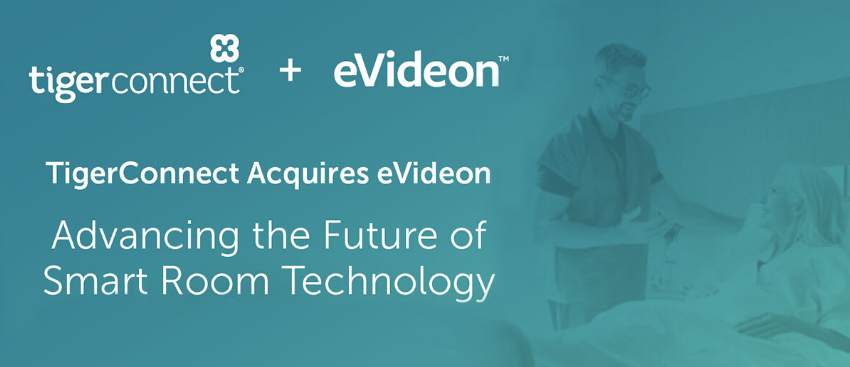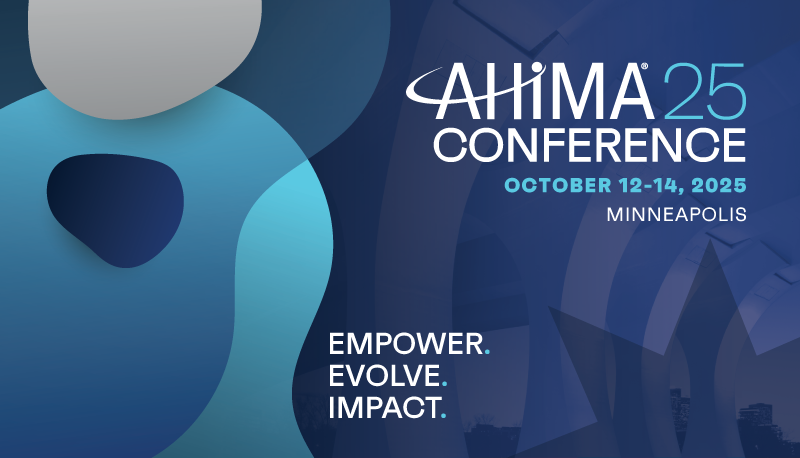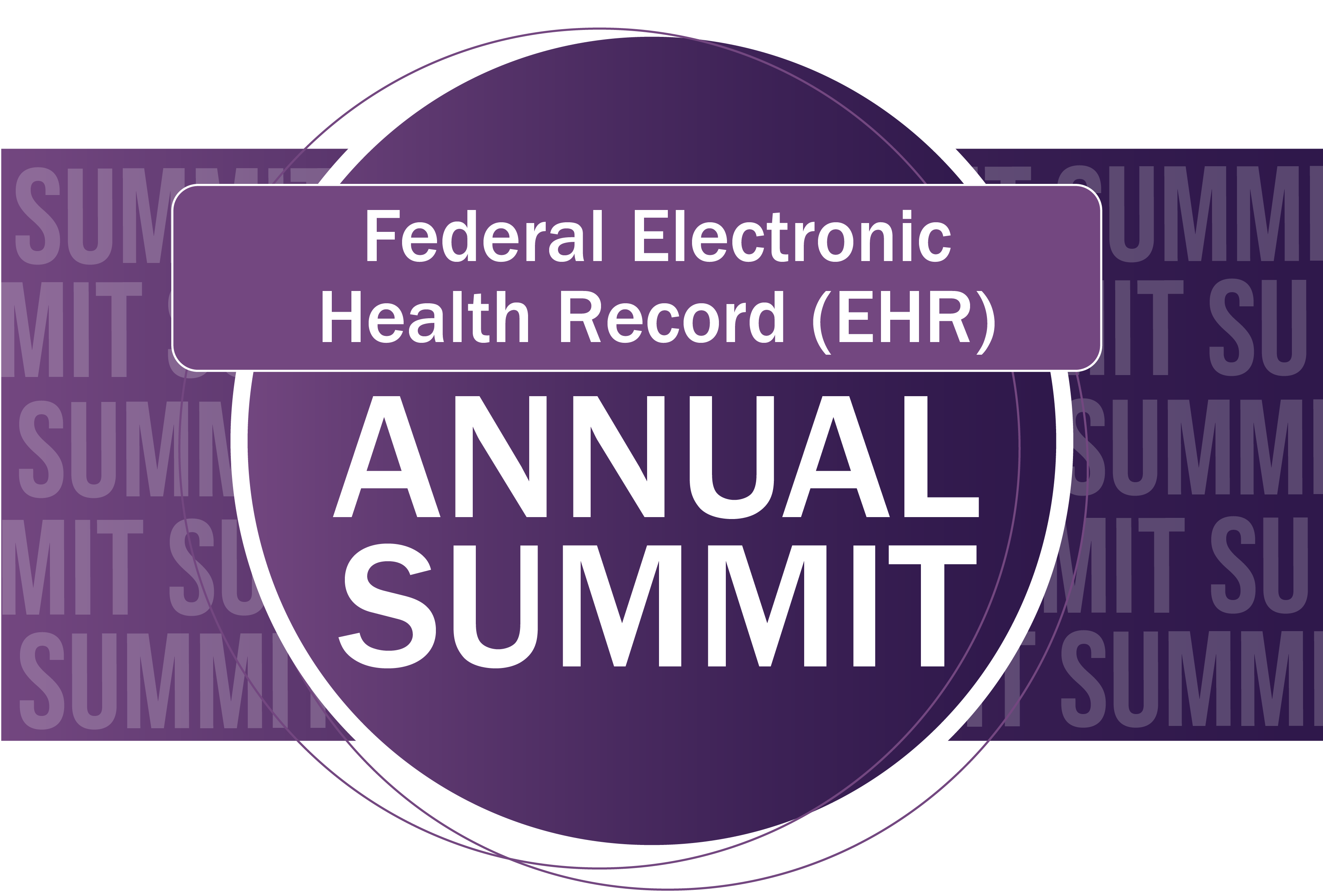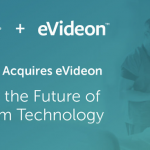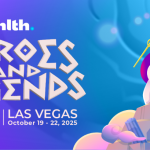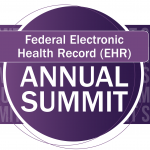Most of the world seems to be laser-focused on watching how health information technology (health IT) is being adopted in ambulatory and inpatient settings. However, they might be overlooking the major health IT strides being made in long-term care and post-acute care, collectively known as LTPAC.
Drivers. To be sure, health IT development and adoption in the LTPAC environment lag behind those in ambulatory and inpatient settings. However, the need for—and use of—health IT in LTPAC have increased in recent years due to an expanded set of drivers:
- LTPAC has rebranded and now goes far beyond the traditional long-term care (LTC) focus. It now encompasses many types of care: home and community-based services, nursing homes, assisted living, long-term acute care hospitals, rehabilitation and post-acute care facilities, Program of All-inclusive Care for the Elderly (PACE), hospice, chronic disease and comorbidity management, medication therapy management and wellness providers.
- Momentum is building through a high-level stakeholder collaborative, the Long-Term and Post-Acute Care Health IT Collaborative (LTPAC Health IT).
- LTPAC is on the federal policy radar. For example, the federal Office of the National Coordinator for Health Information Technology (ONC) recently awarded challenge grants to four states to promote LTPAC health information exchange initiatives for transitions of care. Besides participating in LTPAC Health IT’s annual meeting and disseminating a summary of its results, ONC published an issue brief about health IT in the LTPAC environment. The Assistant Secretary for Planning and Evaluation and the Centers for Medicare and Medicaid Services also are ramping up support for health IT in LTPAC.
- New care delivery and reimbursement mechanisms — including pay-for-performance programs and such new integrated delivery models as accountable care organizations —create a growing need for LTPAC entities to cut costs as well as electronically track quality measures and report on them.
- Nursing homes are turning to health IT to help control increasing costs because hospitals are discharging patients sooner. This, in turn, forces these facilities to care for higher acuity, clinically complex residents, which results in higher medication and labor costs.
- Significant increases in the elderly and chronically ill populations make health IT adoption a business imperative for LTPAC to improve quality, reduce costs and better align with reimbursement criteria by public- and private-sector payers.
- LTPAC technology solutions may be certified. Certification plays an important role in driving adoption and utilization of electronic health records (EHRs). Now EHRs for use in LTPAC may be certified through the Certification Commission for Health Information Technology (CCHIT). However, this certification is optional and not related to meaningful use certification, which does not include LTPAC solutions.
Barriers. Despite the considerable progress that has been made, there are many barriers to adoption. Main ones include:
- Meaningful use (MU). While many providers are getting incentives from MU programs, LTPAC providers as a group are not directly eligible for them. This funding barrier has held back facility EHR adoption. Further, MU requirements do not directly address LTPAC. This has kept vendors from building to LTPAC needs and facilities from adopting health IT.
- Technical and workflow issues. Although some LTPAC solutions are getting certified, there is a lack of necessary functionality and work-flow integration that must be overcome. For example, LTC facilities may have the opportunity to adopt a nearby hospital’s EHR system; however, that system may not meet the facility’s specific complex and diverse needs, thus resulting in partial use and limited value. Moreover, few residential care facilities support electronic HIE with other providers.
- Electronic prescribing for controlled substances (EPCS). The EPCS requirements issued by the Drug Enforcement Administration (DEA) create two pain points for LTPAC entities. The first is that the DEA does not recognize nurses as agents for Schedule II prescriptions, which does not accurately reflect procedures in the LTPAC environment. In addition, the EPCS requirements are so onerous that most LTPAC entities drop back to the traditional paper-phone-fax methods for prescriptions for controlled substances. There also are state regulatory barriers to EPCS in the LTPAC environment that must be resolved.
Moving forward. Considerable progress has been made by the LTPAC community regarding health IT, and many lessons have been learned that can help spur health IT adoption going forward. For example:
- As an integral part of the health care system, LTPAC must be considered when developing MU stage 3 and other federal health IT programs. This may change going forward. We see glimmerings of motion in that direction in MU stage 2. This may be a baby step in supporting the needs of persons who receive LTPAC services by requiring eligible providers to send care summaries during transitions of care that may include LTPAC providers. More needs to be done. Opportunities to fold LTPAC into MU stage 3 requirements include person-centric longitudinal care plans, transitions of care and federally required patient assessments. LTPAC technologies must be made part of the MU certification process. This may encourage health IT vendors to build to LTPAC needs and for their LTPAC providers to get in the health IT mainstream.
- Health IT facilitates transparency in how the facility is operating, which can lead to more accurate medical records and documentation. Such improvements can make preparing for a state survey easier and more likely to end in a better result. Improved transparency and documentation also improve billing accuracy and thus enhance reimbursements. Having laboratory values and radiology results available online ultimately contributes to the value proposition.
- Training and coaching help ensure that clinical best practices are followed; they also complement use of technology to drive standards and decision support at the point of care. Without them, staff can remain resistant to change and do not learn the basics correctly. As a result, they may introduce errors or omit critical information, which can be problematic for basic patient care and preparation for state nursing home surveys.
- Strong institutional leadership — including a committed director of nursing — also are crucial to make a successful organizational transformation away from paper. Leadership can help staff understand the benefits of health IT, which will motivate them to become expert health IT system users.
- EPCS issues need to be resolved.
Needless to say, there is a lot on the collective LTPAC plate regarding health IT policies and adoption. Source














